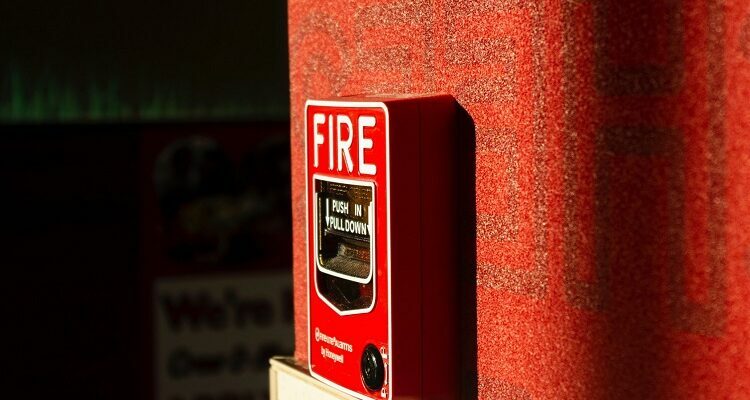Fire alarms are available in different types and have different functions. For example, some can detect flaming fires, while others see heat, embers, or smoke. Choosing the right type depends on your needs. This article provides a quick overview of the various fire alarms available.
Table of Contents
Detecting Flaming Fires
Detecting flaming fires is essential for fire safety, especially in confined spaces. Fires can be difficult to control, but fire sensors can help firefighters prevent disasters. Fires that are out of control can cause damage to both people and property. A sound fire alarm can save lives and property.
There are two types of fire alarms: ionization smoke detectors and photoelectric smoke detectors. Ionization alarms are better at detecting fast-flaming fires but are less effective in detecting smoldering fires. Ionization smoke detectors detect fires that contain combustion particles with a size of 0.01 to 0.3 microns. However, these detectors have limited capabilities in environments with high airflow. Photoelectric smoke detectors are better at responding to smoldering fires that contain combustion particles of 0.3 to 10.0 microns.
Detecting Smoke
Smoke alarms from fire alarm companies near me are valuable to home safety equipment that alerts people when there is a fire. These alarms emit high-pitched noise and flashing lights. They are especially helpful in high-ceilinged buildings and areas where smoke sensitivity is high. The device also monitors smoke levels remotely, allowing central monitoring station operators to determine if smoke levels are too high and schedule a maintenance visit.
Smoke detectors should be installed in all habitable levels of a home, including sleeping rooms. You should also place one outside of every sleeping area. In addition, the NFPA recommends installing smoke detectors on every level of your home, including attics and basements.
Detecting Heat
Detecting heat is an essential function of fire alarms. It can prevent false alarms and lower the likelihood of a fire. In addition, this feature can reduce installation costs. There are two types of sensors: rate-of-rise sensors and temperature sensors. Rate-of-rise sensors detect a rapid temperature rise and activate an alarm when the temperature exceeds a pre-set point.
One type of detector uses metal to detect heat. The metal usually melts at 70degC (158degF). The second type of detector uses a fusible plug, which monitors a specific area. The pressure in the line drops suddenly when the fusible plug fuses, which activates the heat sensor. The sensor then generates an alarm signal to allow post-fire confirmation.
Detecting Embers
An ember detector is an effective tool for preventing fires in industrial settings. An ember can be created by just one overheated item and can quickly begin a fire. However, unlike other fire alarms, ember detectors detect embers and other small particles before a fire can develop. For example, an ember detector would detect a battery overheating before it caused a fire.
Different types of fire alarms can be used for various industries. Flame detection, for example, is used in refineries and gas turbines. Spark detection, on the other hand, detects sparks before they reach a dust collector and cause a fire. Both fire alarm types are helpful in agricultural processing.
Manual Call Points
Manual call points activate and control fire alarms and fire extinguishers. They are often used in public buildings, senior homes, industrial premises, power stations, airports, train stations, and office blocks. They can be programmed to unlock doors, trigger smoke management systems, and turn off air conditioning. However, they must be tested and maintained to work correctly in an emergency.
Manual call points for fire alarm types are typically waterproof and allow personnel to raise the alarm in the event of a fire. These call points should be installed where personnel can reach them easily, such as at the entry floor landing of staircases and all open-air exits. They should also be installed at a distance of at least 30m apart.












Comments